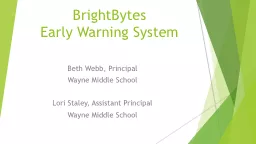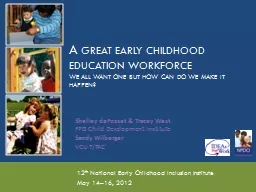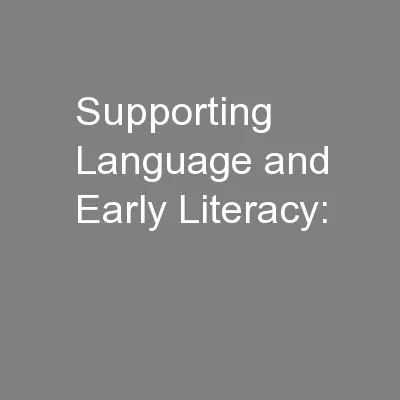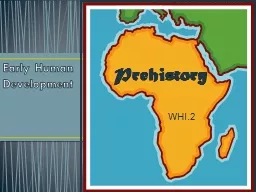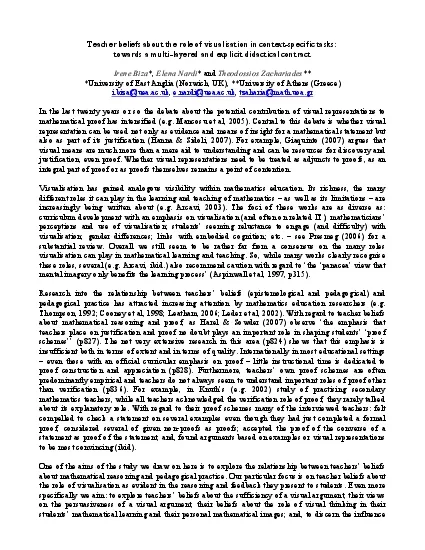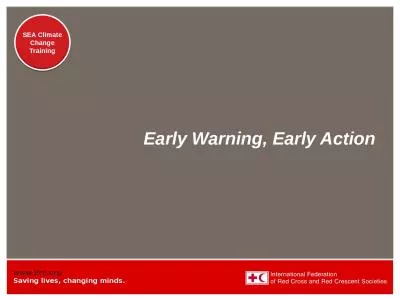PPT-BrightBytes Early W arning
Author : karlyn-bohler | Published Date : 2018-09-26
S ystem Beth Webb Principal Wayne Middle School Lori Staley Assistant Principal Wayne Middle School Who we are Beth Webb Taught English 10 11 and AP English 10
Presentation Embed Code
Download Presentation
Download Presentation The PPT/PDF document "BrightBytes Early W arning" is the property of its rightful owner. Permission is granted to download and print the materials on this website for personal, non-commercial use only, and to display it on your personal computer provided you do not modify the materials and that you retain all copyright notices contained in the materials. By downloading content from our website, you accept the terms of this agreement.
BrightBytes Early W arning: Transcript
Download Rules Of Document
"BrightBytes Early W arning"The content belongs to its owner. You may download and print it for personal use, without modification, and keep all copyright notices. By downloading, you agree to these terms.
Related Documents

